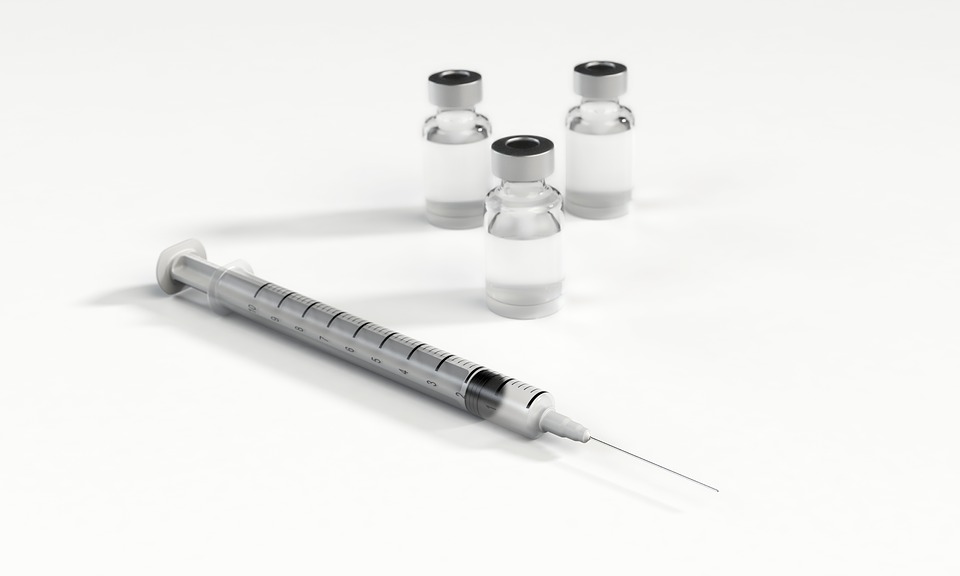It has become increasing popular to deliver sedation to patients receiving dental work. Sedation is defined as the deliberate drug-induced depression of consciousness used to reduce anxiety and awareness associated with unpleasant medical procedures. Sedation is used to reduce anxiety. In some cases dentists or oral surgeons deliver both the dental work and the sedation, while in others there is a separate anesthesiologist to do so. One should always verify proper training and license prior to undertaking any sedation from a healthcare professional. Sedation is generally considered very safe as long as it is performed by an appropriately trained practitioner in a monitored environment.
Sedation dentistry uses different approaches depending on personal choice and comfort. In the order of increasing anesthesia these are local anesthesia, minimal sedation, nitrous oxide/oxygen, moderate (conscious) sedation, deep sedation, and general anesthesia. A more thorough discussion of these differences in anesthesia can be found on this website. In recent years in dentistry conscious sedation has grown increasing popular which is defined as a technique in which the use of a drug or drugs produces a state of depression of the central nervous system, enabling treatment to be carried out, all the while verbal contact with the patient is maintained. In conscious sedation a patient is drowsy and relaxed, and responds to speech. In contrast in deep sedation a patient does not respond to speech, but they respond to stimulation such as shaking. Some patients are not able to safely have conscious sedation such as those with severe or unstable cardio-respiratory disease and must be managed by an anesthesiologist such as Brad Stahlheber. Children aged 11 to 16 can tolerate procedures under sedation for up to an hour, but those children on the younger side of this range have a reduced ability to cope with even short periods of mild discomfort.
Prior to undergoing sedation a preassesment is conducted including collecting a medical and social history. Any medications the patient is on and known allergies are recorded. It is typically normal to fast prior to sedation and patients should also avoid alcohol the evening prior. Typically dentists or oral surgeons will provide a written information sheet with instructions prior to the appointment. A responsible adult must accompany the patient to and from the treatment location. Prior to receiving any sedation informed consent will be provided.
Inhalational, oral and intravenous routes of administration of sedation are commonly used. The following are six commonly used methods of conscious sedation in dentistry: (1) inhalational sedation with nitrous oxide and oxygen, (2) oral sedation, (3) intra-nasal sedation, (4) intravenous sedation with midazolam, (5) intravenous sedation with target controlled infusion propofol combined with local anesthesia, and (6) intravenous sedation with remifentanil infusion and low-dose midazolam. Patients who are given intravenous sedation may have first been attempted with inhalational sedation but it was not successful. There are some pros and cons of the various methods of sedation. The pros of (1) inhalational sedation with nitrous oxide and oxygen include being safe with relatively few absolute contraindications and with duration that can be varied. However, the cons of (1) are that nose-breathing is required and thus the patient must not have any nasal congestion. The pros of (2) oral sedation are that it is easy to administer and usually well tolerated, however the cons of (2) are that it comes with an unpleasant taste that children may not like. The pros of (3) intra-nasal sedation are that it has a rapid onset and may be useful for patients afraid of needles, however, the cons of (3) are that it comes with an unpleasant sensation. The pros of of the intravenous sedation approaches of (4), (5), and (6) are that the drug administration can be titrated to ensure a correct level of sedation. However the cons of the intravenous sedation approaches of (4), (5), and (6) are that those who weigh over a certain amount are at risk of airway complications and it is not suitable for patients afraid of needles. In addition, these approaches require someone to accompany the patient to the treatment location.

This image is from pixabay by qimono and has a Creative Commons license
Complications under sedation can occur including infusion pain, oversedation, vasovagal and bradycardia, and tachycardia. In some cases the patient may also not comply with instructions given and the procedure may need to be reschedule under general anesthesia. Safe sedation involves careful attention to written and verbal communication and paying attention to the sedation environment and the management of any potentially life-threatening complications. It is important that patients have cardiorespiratory monitoring throughout the treatment and during the recovery.
If you are looking for additional information on sedation and in particular it’s use in dentistry, a good place to start is by visiting the websites of various dentist and physician groups. The Royal College of Anaesthetists provides safe sedation standards and guidance. The American Dental Association provides guidelines for sedation and general anesthesia by dentists. The American Association of Oral and Maxillofacial Surgeons provides parameters for care of anesthesia in outpatient facilities.
Additional References:
R. L. Mawhinney and A. Hope, “Dental & maxillofacial anaesthesia: Sedation for dental and other procedures,” Anaesthesia & Intensive Care Medicine, vol. 18, no. 9, pp. 423-426, Sep. 2017.
L. Richardson and J. Cullen, “The role of the dental team in delivering conscious sedation in dentistry,” Bdj Team, vol. 5, Art. No. 18028, pp. 24-26, 2018, Pub. Online Feb. 02, 2018.
